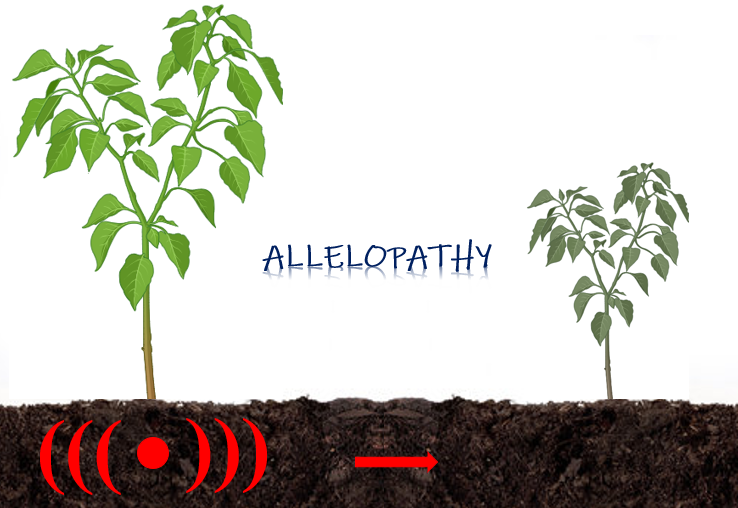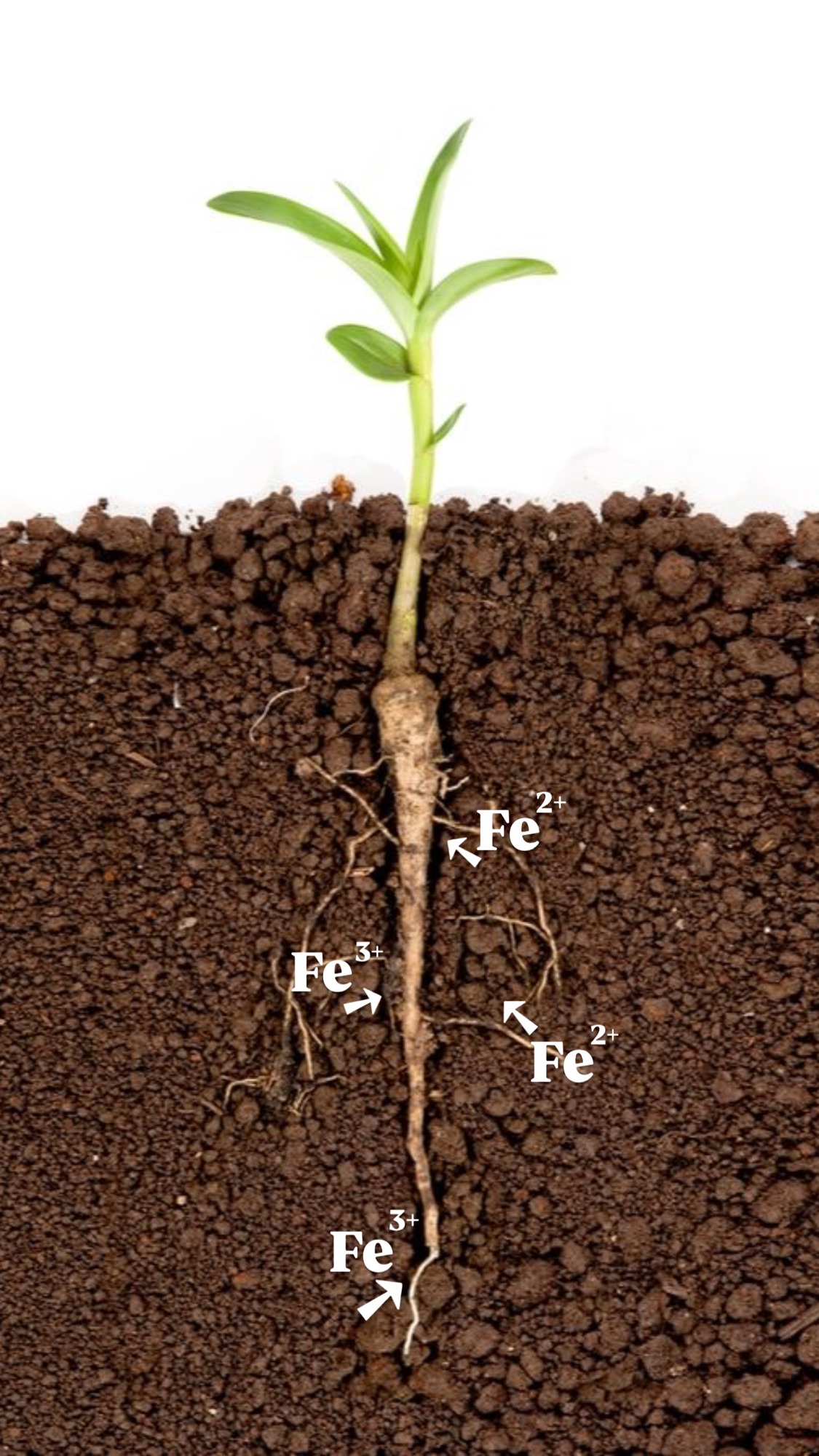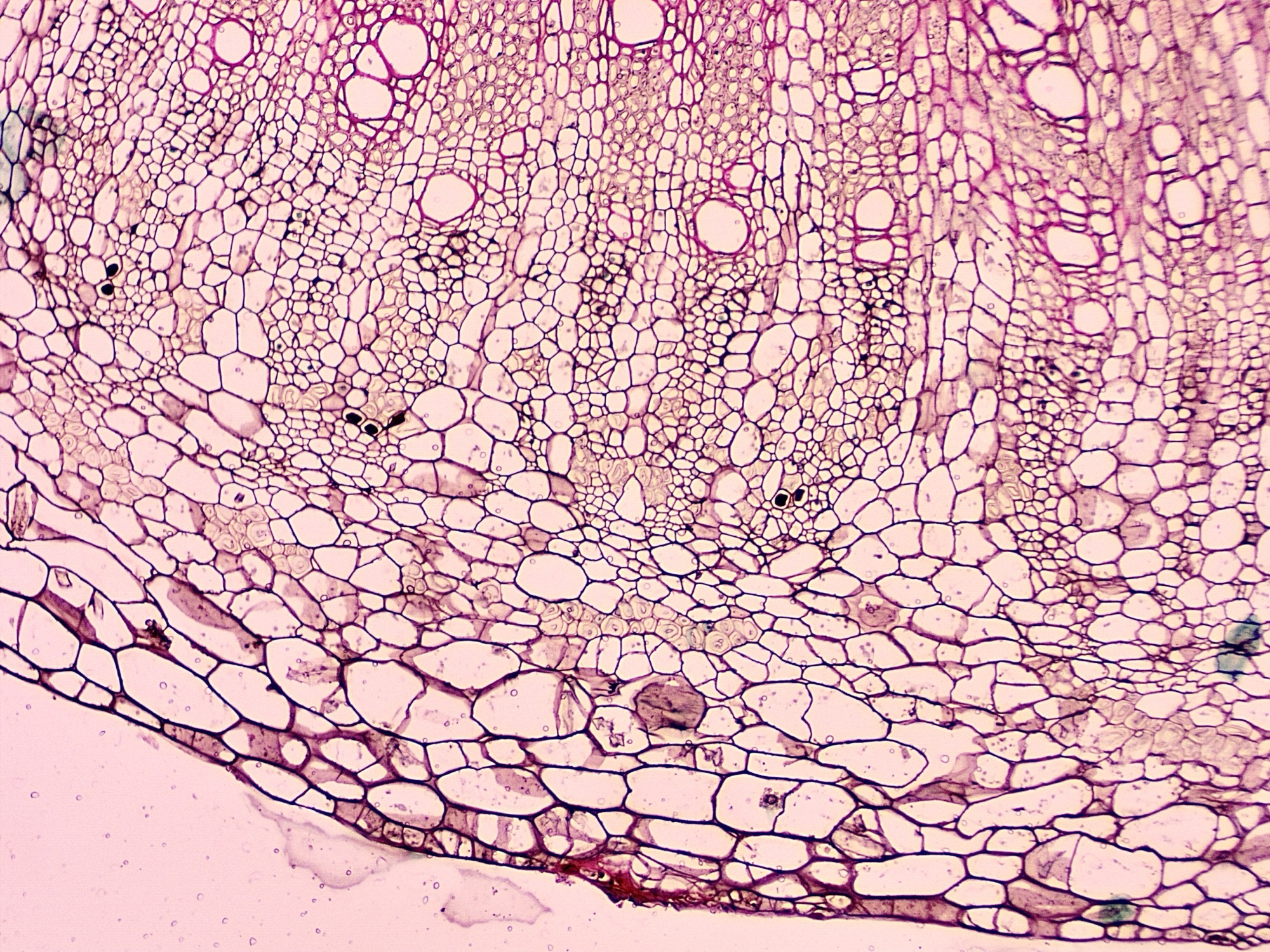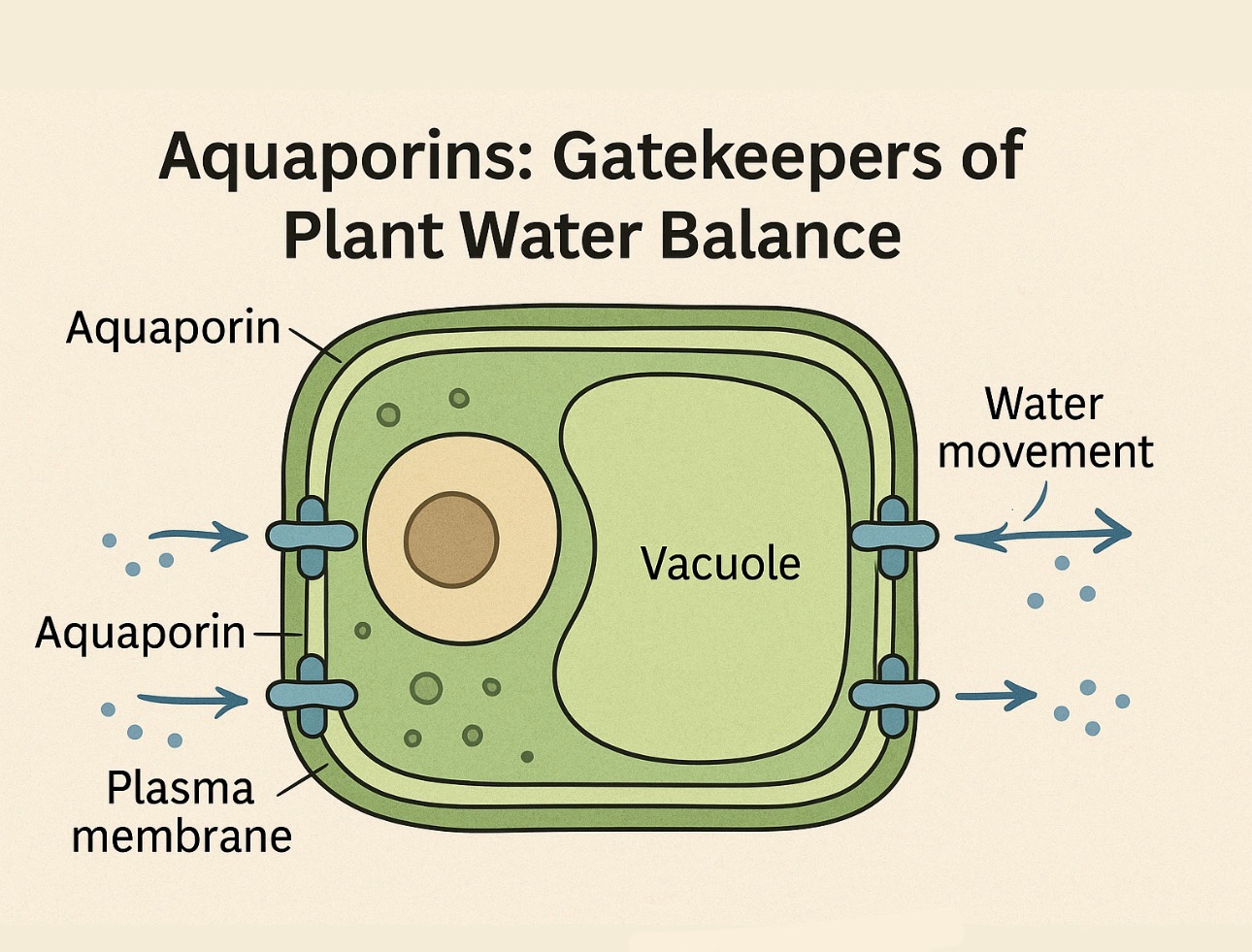Allelopathy is a ecological phenomenon in which plants release biochemicals, known as allelochemicals, into their environment to influence the growth, survival, and reproduction of other plant species. These allelopathic interactions can have both positive and negative effects, but they are most commonly associated with plant competition, where one species suppresses the growth of others to gain an advantage. This natural chemical warfare plays a crucial role in shaping plant communities, influencing agricultural practices, and impacting biodiversity in various ecosystems.
Mechanisms of Allelopathy
Plants employ several strategies to release allelochemicals, which can influence neighboring plants in various ways. These biochemicals, produced as secondary metabolites, serve as a defense mechanism that allows certain plants to outcompete others by inhibiting their growth and development. The release of allelochemicals occurs through multiple pathways, including root exudation, leaf litter decomposition, volatilization, and leaching. These compounds can originate from different plant organs, such as roots, leaves, flowers, fruits, stems, and even pollen. Once introduced into the surrounding environment, allelochemicals interact with soil microorganisms, alter nutrient availability, and disrupt key physiological processes in target plants, often leading to stunted growth, reduced germination, and even mortality.
One of the most profound effects of allelochemicals is their interference with seed germination, a critical stage in plant life cycles. Some allelopathic compounds act by inhibiting water uptake, thereby preventing seed imbibition, which is essential for germination. Others interfere with the activity of enzymes such as amylase and protease, which are necessary for breaking down stored nutrients in seeds to support early growth. Without these enzymes, seed reserves remain inaccessible, resulting in weak or failed germination. Certain phenolic compounds and flavonoids, commonly found in allelopathic plants, also disrupt cellular signaling processes that regulate seed dormancy and germination, further reducing the likelihood of successful establishment of competing plants.
In addition to seed germination inhibition, root growth suppression is another major consequence of allelopathy. Root exudates containing allelopathic chemicals, such as organic acids and terpenoids, accumulate in the rhizosphere and directly affect the root architecture of neighboring plants. These compounds can inhibit cell division in root meristems, leading to stunted root elongation and malformed root structures. By limiting root expansion, affected plants struggle to access water and essential nutrients, making them more vulnerable to environmental stressors. Some allelochemicals, such as juglone from black walnut trees, create hydrophobic soil conditions that prevent water penetration, further exacerbating nutrient deficiencies in nearby plants.
Allelochemicals can also have detrimental effects on photosynthesis, the primary process by which plants produce energy. Certain compounds disrupt the biosynthesis of chlorophyll, the green pigment essential for capturing light energy. Without adequate chlorophyll, plants exhibit symptoms of chlorosis (yellowing of leaves) and reduced photosynthetic efficiency. Moreover, some allelopathic substances, such as quinones and coumarins, interfere with the electron transport chain in chloroplasts, inhibiting ATP and NADPH production, which are critical for carbon fixation in the Calvin cycle. As a result, the affected plants experience reduced energy availability, leading to impaired growth and development.
Beyond seed germination, root growth, and photosynthesis, allelopathic compounds can also affect hormonal balance in target plants. Many of these chemicals act as hormone mimics or disruptors, altering the synthesis and signaling of key phytohormones such as auxins, gibberellins, and cytokinins. For instance, certain flavonoids interfere with auxin transport, causing abnormal shoot and root development. Similarly, phenolic acids can suppress cytokinin activity, delaying cell division and overall plant growth. These hormonal disruptions weaken the competitive ability of affected plants, making them more susceptible to environmental stresses such as drought and disease.
Another significant way allelopathic plants exert dominance is through soil microbial interactions. Many allelochemicals modify the composition of soil microbial communities, either by inhibiting beneficial microbes or promoting the growth of pathogenic ones. Some allelochemicals suppress mycorrhizal fungi, which form symbiotic relationships with plant roots and enhance nutrient uptake. Without these beneficial fungi, affected plants struggle to acquire phosphorus and other essential minerals, reducing their vigor. In contrast, certain allelopathic species encourage the proliferation of soilborne pathogens, which can attack the roots of competing plants, further weakening them.
Furthermore, allelochemicals can persist in the environment for extended periods, creating long-term soil toxicity that affects plant succession and community dynamics. Some compounds, such as tannins and phenolics, degrade slowly and accumulate in the soil, forming chemical residues that continue to suppress plant growth even after the allelopathic plant has been removed. This phenomenon, known as allelopathic legacy, can alter ecosystem composition by preventing the re-establishment of native plant species and favoring the dominance of certain allelopathic plants.
Notable Allelopathic Plants
Several well-known plant species exhibit strong allelopathic properties, significantly influencing their surrounding vegetation. One of the most widely studied examples is black walnut (Juglans nigra), a tree native to North America that produces a potent allelochemical called juglone. This compound is primarily released through its roots, leaves, and husks and can persist in the soil for extended periods. Juglone is highly toxic to many plant species, particularly tomatoes (Solanum lycopersicum), potatoes (Solanum tuberosum), and apple trees (Malus domestica), as it disrupts cellular respiration and inhibits root growth. The allelopathic nature of black walnut creates a competitive advantage by preventing other plants from growing in its vicinity, thereby reducing competition for nutrients and water.
Another well-documented allelopathic species is sorghum (Sorghum bicolor), a cereal crop known for releasing sorgoleone, a potent allelochemical that affects seed germination and root development in neighboring plants. Sorgoleone is exuded from sorghum root hairs and can significantly reduce weed growth in agricultural fields. Because of its natural herbicidal properties, sorghum residues are often used in crop rotation systems to suppress weed populations and enhance soil fertility.
Eucalyptus species, particularly Eucalyptus globulus (blue gum eucalyptus), are also recognized for their strong allelopathic effects. These trees release volatile organic compounds (VOCs), including terpenes and phenolic acids, which accumulate in the soil and inhibit seed germination and plant growth in the surrounding area. The allelochemicals from eucalyptus trees create a chemical barrier that discourages the establishment of understory vegetation, allowing the trees to monopolize resources such as light, water, and nutrients. This trait is one reason why eucalyptus plantations are often devoid of significant ground cover or competing vegetation.
Invasive plant species often utilize allelopathy to dominate ecosystems and displace native flora. One such example is tree of heaven (Ailanthus altissima), an invasive species native to China that has spread aggressively in many regions, including North America and Europe. It produces a powerful allelochemical called ailanthone, which inhibits seed germination and root elongation in a wide range of plant species. Ailanthone alters soil chemistry, reducing the diversity of native plants and creating monoculture-like conditions that favor the spread of Ailanthus altissima.
Another notorious invasive plant is garlic mustard (Alliaria petiolata), a biennial herb that has spread across North America, suppressing native plant communities. Garlic mustard produces allelochemicals that interfere with the growth of mycorrhizal fungi, which are essential for nutrient uptake in many native tree species. By disrupting these symbiotic relationships, garlic mustard weakens native plants, giving itself a competitive edge in forested ecosystems.
In the agricultural context, rice (Oryza sativa) has been found to exhibit allelopathic effects against common weeds, particularly barnyard grass (Echinochloa crus-galli). Certain rice cultivars release phenolic acids and flavonoids that inhibit weed germination and growth. This natural herbicidal effect has gained attention in sustainable agriculture, as researchers aim to develop rice varieties with enhanced allelopathic properties to reduce dependence on chemical herbicides.
Allelopathy in Agriculture and Weed Management
The concept of allelopathy has significant implications in agriculture, particularly in natural weed control and sustainable farming practices. By understanding and harnessing allelopathic properties, farmers can reduce their reliance on synthetic herbicides, which often have harmful environmental effects. Some crops, such as rye (Secale cereale) and wheat (Triticum aestivum), have been used in cover cropping systems because their residues release allelochemicals that suppress weeds, thereby reducing the need for chemical herbicides.
Rice (Oryza sativa) also exhibits allelopathic potential against weeds like barnyard grass, making it a valuable tool in integrated weed management strategies. Researchers are exploring ways to breed crops with enhanced allelopathic properties, which could lead to more sustainable agricultural practices. Additionally, allelopathy is being investigated in agroforestry systems, where trees with strong allelopathic effects are planted to suppress weeds and unwanted vegetation naturally.
Ecological Consequences and Challenges
While allelopathy plays a significant role in plant competition and ecosystem dynamics, it is not always beneficial. In some cases, allelopathic species can disrupt native plant communities and reduce biodiversity. Invasive plants with strong allelopathic effects, such as garlic mustard (Alliaria petiolata), can outcompete native flora, leading to long-term ecological imbalances. Additionally, in monoculture farming, continuous cultivation of allelopathic crops may lead to soil toxicity, making it difficult for other plants to grow in the same area.
Moreover, the study of allelopathy presents challenges because it is often difficult to separate its effects from other ecological interactions, such as competition for resources. Environmental conditions, soil microbial activity, and plant species diversity all influence how allelopathic interactions unfold in a given habitat. Scientists continue to explore these complexities to better understand how allelopathy functions in both natural and agricultural systems.
Future Prospects and Research Directions
The study of allelopathy is gaining increasing attention in fields such as sustainable agriculture, weed management, and ecological conservation. Researchers are working to identify and synthesize allelochemicals that can be used as natural herbicides, reducing the environmental impact of synthetic chemicals. Additionally, plant breeding programs aim to develop crop varieties with enhanced allelopathic traits, allowing for more efficient weed suppression without harming beneficial plants.
Further research is also needed to explore the role of soil microbes in allelopathy. Microbial communities in the soil can degrade or enhance the effects of allelochemicals, influencing their overall impact. Understanding these interactions could lead to innovative strategies for managing plant competition and improving crop yields.
As climate change and habitat destruction continue to reshape ecosystems, allelopathy may also play a role in plant adaptation and resilience. Investigating how allelopathic interactions influence plant survival under environmental stress conditions could provide valuable insights into maintaining biodiversity and ecosystem stability.
Conclusion
Allelopathy is a powerful and complex mechanism by which plants influence their environment, often inhibiting the growth of competing species. Whether through root exudates, leaf litter decomposition, or volatile emissions, allelopathic plants shape plant communities, alter ecological dynamics, and contribute to natural weed suppression. While this phenomenon has both positive and negative implications, its potential applications in agriculture and environmental conservation are vast. Continued research into allelopathy will provide deeper insights into its mechanisms, challenges, and benefits, ultimately contributing to more sustainable and ecologically friendly land management practices.
References
- Bais, H. P., Vepachedu, R., Gilroy, S., Callaway, R. M., & Vivanco, J. M. (2003). Allelopathy and exotic plant invasion: From molecules and genes to species interactions. Science, 301(5638), 1377-1380. https://doi.org/10.1126/science.1083245
- Chou, C. H. (1999). Roles of allelopathy in plant biodiversity and sustainable agriculture. Critical Reviews in Plant Sciences, 18(5), 609-636. https://doi.org/10.1080/07352689991309414
- Duke, S. O., & Dayan, F. E. (2006). Modes of action of phytotoxins from plants. Allelopathy Journal, 18(2), 217-235.
- Inderjit, & Weston, L. A. (2000). Are laboratory bioassays for allelopathy suitable for prediction of field responses? Journal of Chemical Ecology, 26(9), 2111-2118. https://doi.org/10.1023/A:1005524900116
- Rice, E. L. (1984). Allelopathy. Academic Press.
- Singh, H. P., Batish, D. R., & Kohli, R. K. (2003). Allelopathic interactions and allelochemicals: New possibilities for sustainable weed management. Critical Reviews in Plant Sciences, 22(3-4), 239-311. https://doi.org/10.1080/713610858
- Weston, L. A., & Duke, S. O. (2003). Weed and crop allelopathy. Critical Reviews in Plant Sciences, 22(3-4), 367-389. https://doi.org/10.1080/713610938
- Zhang, C., Kong, C. H., Du, B., Xu, X. H., & Khanh, T. D. (2021). Allelopathy as one of the main mechanisms of invasion by the neophyte plant Ageratina adenophora. Scientific Reports, 11(1), 16023. https://doi.org/10.1038/s41598-021-95494-z










